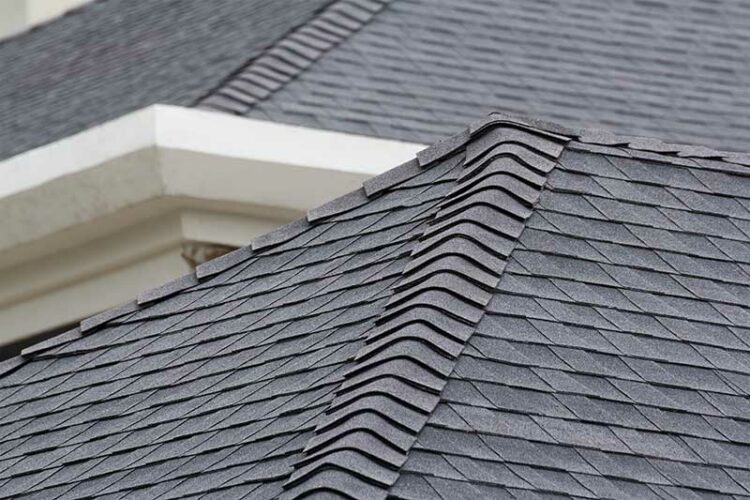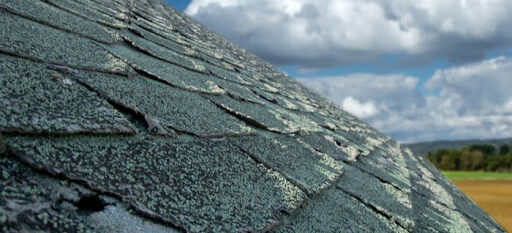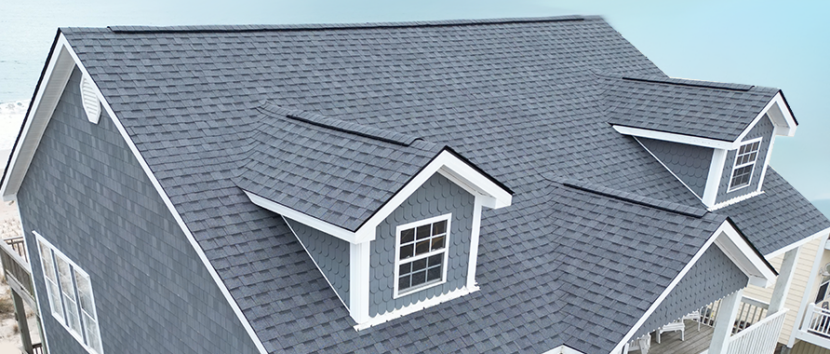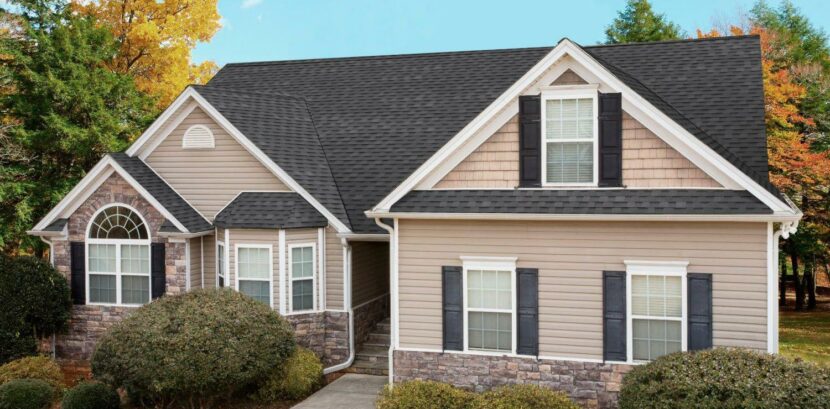Roof Shingle Colors
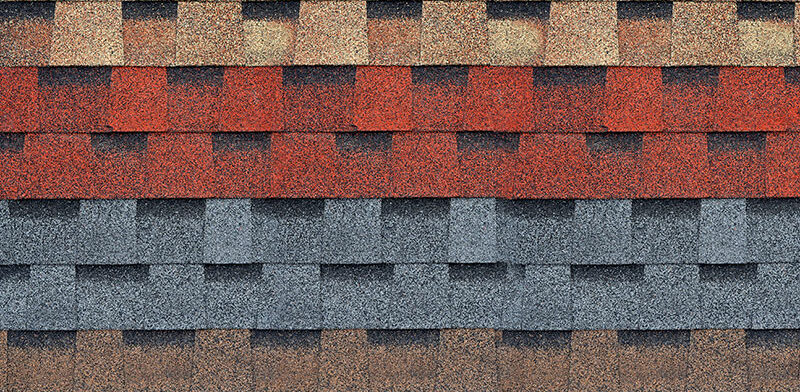
As 2024 draws to a close, the architecture industry is preparing for a new year. 2024’s palette was bright and nurturing. Peach took center stage, and soothing blues filled the gaps left behind. Sunshine yellow melded with earthy terracotta and brown. If Mother Nature could create her own color chart, she would have chosen ‘24’s hues, but 2025 is presenting an entirely different picture.
Pantone’s color experts have already created a selection for the coming year, and it’s dripping in greens and blues. Designers like Benjamin Moore are taking a moodier approach, with deep, brown-toned navy in the starring role. Behr loves cracked pepper, and Glidden has selected honeyed beige as its color of the year. Exterior experts like James Hardie prefer natural landscape palettes like olive and cream. All of these color trends will revolutionize your approach to shingles. Let’s take a closer look at the 2025 shingle color trends.
Merlot has been nominated as the 2025 shingle color of the year
Christmas is still weeks away, but Owens Corning has already selected a shingle hue of the year: Merlot. Sue Burkett explains that roofing should complement your home’s surrounding and exterior features. “Too often,” she says, “consumers compromise on a common roof color just because it’s the same color others are getting.” She believes homeowners should have more fun with their palettes.
Merlot works well with a huge number of other hues while simultaneously achieving a vintage aesthetic. It’s neutral enough to outlast passing fads and sophisticated enough to make a statement. If you’ve used 2024’s earth tones for your exterior, Owens Corning’s merlot hue might be the perfect way to offset them. Haldon House is favoring burgundy and walnut—the perfect partner tones.
Get a Free Estimate Today
50% off installation. Special financing available. See details.
Blue and green shingles are inspired by nature
Any shingle roofing contractor worth their salt will recommend the lightest hue you can stomach to reflect heat rays and keep your upper floor cool in summer. Moody tones will dominate the roofing sector in 2024, but lighter blue and green shingles will persist. Unlike chocolate and burgundy, these verdant hues reflect sunlight well, allowing you to reduce your energy bills.
Nature-inspired tones offer an inviting look reminiscent of farmhouse chic. They’re whimsical, tranquil, and easy to match with your siding. Just because your shingle color options are a crucial part of your curb appeal, doesn’t mean they need to be impractical.
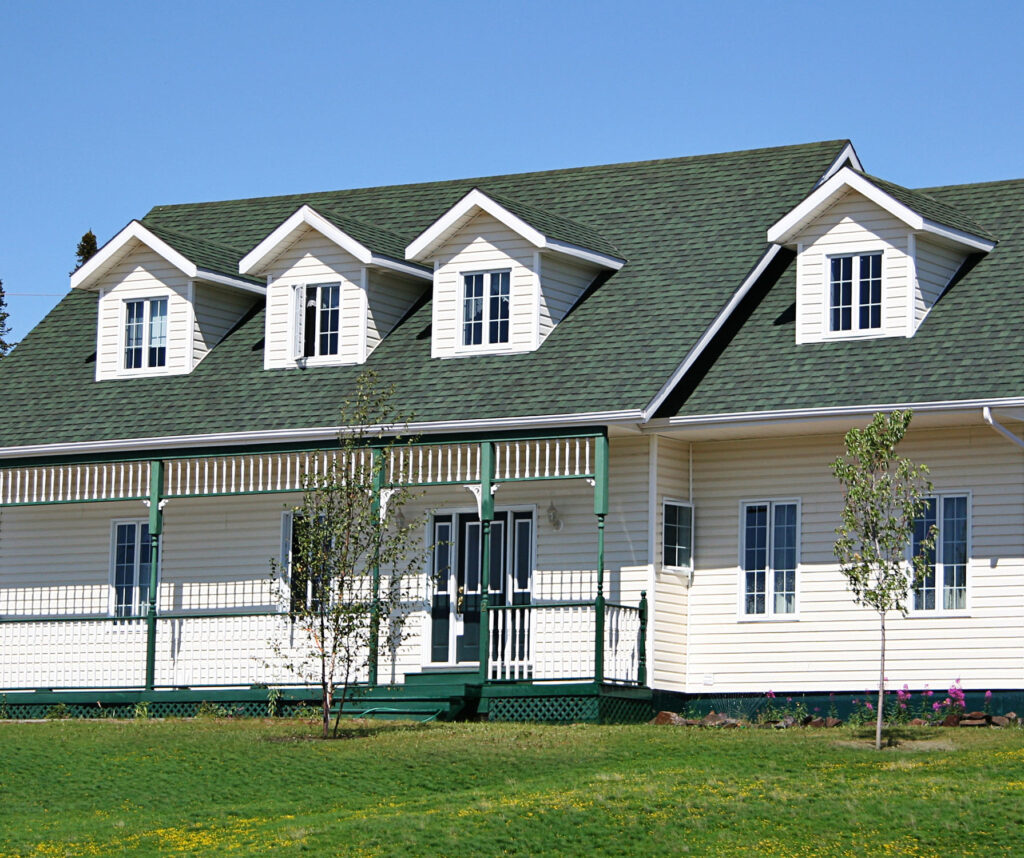
Multi-tone shingles are here to stay
The ombre effect is the roofing industry’s new black. Multi-tone shingles add depth and dimension. The visual contrast achieves a textured aesthetic that’s easier to match with your siding. Blended colors can mimic the texture of cedar shakes and slate, so you can achieve a new level of luxury without emptying out your savings account.
Matte roofing is back
Metal roofing was one of 2024’s dominant trends. Its longevity and energy efficiency appealed to homeowners on a budget, and while metal will continue to draw attention, new materials will enter the market. Standing seam metal roofs offer a matte surface in charcoal, black, and gray. Copper roofs are also popping up in the media. Their metallic orange hue might seem extreme, but as the metal ages, it develops a subtler green patina.
The new year will also favor zinc roofing that oxidizes into a dark earthy tone. Zinc can whiten into a duo-tone shingle that no other metal can replicate. Zinc is highly malleable, so it’s taking roofers’ creativity to new heights. It can be shaped into unique diamond shingles and eccentric curved surfaces. Zinc isn’t particularly reflective, so it combines the practical benefits of metal with the aesthetic advantages of tiles.
Stone-coated steel roofing is another look for summer that will mimic the look of singles and the strength of metal. Matte surfaces bring subtlety and sophistication to contemporary homes. Their muted surface blends well with contemporary architecture.
Pantone is going pink
Peach fuzz and magenta were the Pantone 2024 colors of the year. Coral hues are expected to stay, with brown and black following closely behind. It’s no surprise, then, that clay and terracotta have been pegged as key shingle color trends. Pantone’s Fashion Color Trend Report included soothing purples, lime creams, and Kashmir green.
Navy blue has crept into the roofing palette in a deep, neutral shade that could easily be mistaken for charcoal. As always, browns and beiges are still relevant, but if you’re hoping to replicate Pantone’s vibrant hues for your siding, your shingles will need to be toned down.
Shingle trends in 2025 are expected to bring a warm, earth-inspired aesthetic to contemporary roofing. Colors will be rich and saturated, giving your home a resonant sense of depth. Architects and designers all over the world are celebrating nature with verdant greens and blues, but metal still has its place on the trends list.
Need help with a roofing project? Contact 1-800-HANSONS today for a free estimate.
Related Articles:
How to shingle a roof
Impact resistant shingles
How to measure a roof for shingles

